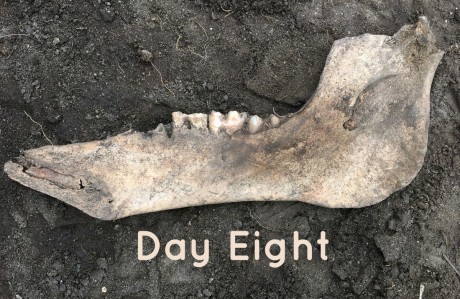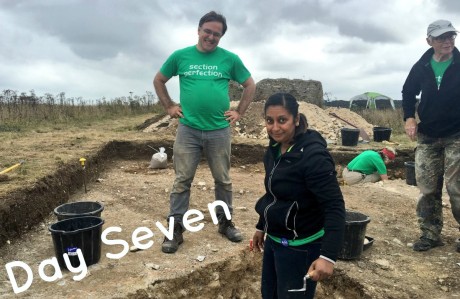
This season’s excavations at the 800 year-old site of Leiston Abbey are about to kick off, so what exactly are we looking for and why?
Leiston Abbey was home to a community of 13 Premonstratenesian priests, but historical records are pretty conflicted about the role of this relatively unknown order in British medieval life.
Some say they chose remote locations and shunned the company of men “like a fish shuns dry land”. Others argue they were industrious sorts who worked metal and mined coal, all while serving as doctors and teachers in the heart of their community.
The question is: can archaeology help find some answers? Either way, they’re a fascinating and understudied part of history and this year we’ll be doing a combination of geophysics and excavation to investigate the site. Here’s what we’re hoping to find out.
1. The original site of Leiston Abbey
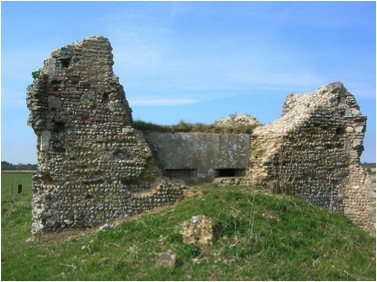
Minsmere Chapel – the site of the original abbey, now turned into WW2 pillbox.
Leiston Abbey did something not many abbeys do: it moved. Originally built on a boggy bit of marshland, it was repeatedly flooded and eventually the priests had had enough. By soliciting support from their community in a sort of medieval-style crowdfunding campaign, they managed to move the building stone by stone inland to a new (drier!) location close to the village of Leiston.
What’s remarkable is that some of it was left behind and refashioned into a chapel – clearly not everyone could bear to leave the site entirely.
Seven hundred years later, soldiers turned the chapel ruins into a WW2 pillbox. What remains of the original site? How much of it can we find? And what can it tell us about the links between the old and the new abbeys? We’ll be going through some of the soldiers’ spoilheaps to find out.
2. A medieval infirmary

Aerial view of Leiston Abbey showing some parch marks where crops have failed to grow due to an underlying structure. Is it the medieval infirmary?
Medieval medicine wasn’t all eye of newt and hair of toad. Archaeologists have uncovered evidence that medieval doctors used general anaesthetics before major surgery, had disinfectants, parasite-killers and even diet pills. There’s even evidence that one medieval recipe can kill MRSA: medieval medicine is an important area of research.
We know that the priests at Leiston Abbey were also doctors, carers and teachers. They had an infirmary building where they cared for the sick and elderly, and probably also a herb garden where they grew medicinal plants, but where? And what did they grow? Who did they care for and how? The parch marks you can see in the picture are where crops haven’t grown as well over an underlying structure. Only excavation can help us ‘ground truth it’ it and work out what it is.
3. The gatehouse
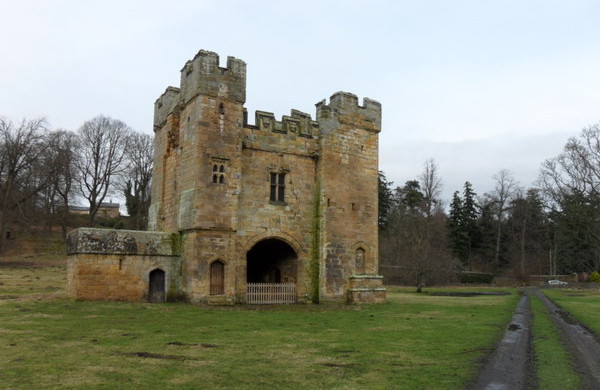
The gatehouse at Alnwick Abbey, another 12th century Premonstratensian monastery via Geograph
Defensive features are a key part of medieval monastic architecture, and it’s interesting to think of sites in terms of concentric rings of importance: the fields of the outer precinct would have been worked by lay brothers, only canons could enter the actual precinct, and the inner precinct? That was only for the most holy. The abbey’s gatehouse would have controlled who came in and out, and marked the boundaries between these different areas.
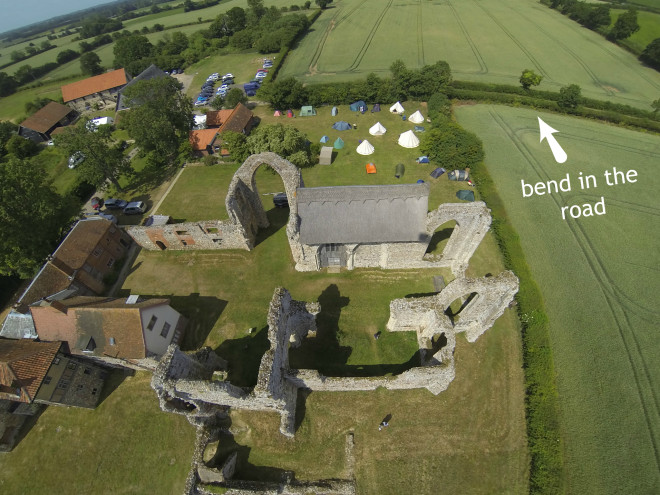
Today, no trace of the gatehouse remains… or does it? If you look at a map of the abbey and the surrounding area, you’ll notice that the nearby road takes a seemingly unnecessary bend. We’ll be doing some geophysics and some excavation to find out if this is this where the gatehouse was. Finding it will help us understand where these demarcations lay and even give us clues to what it looked like – just how imposing was it?
4. Bunnies!
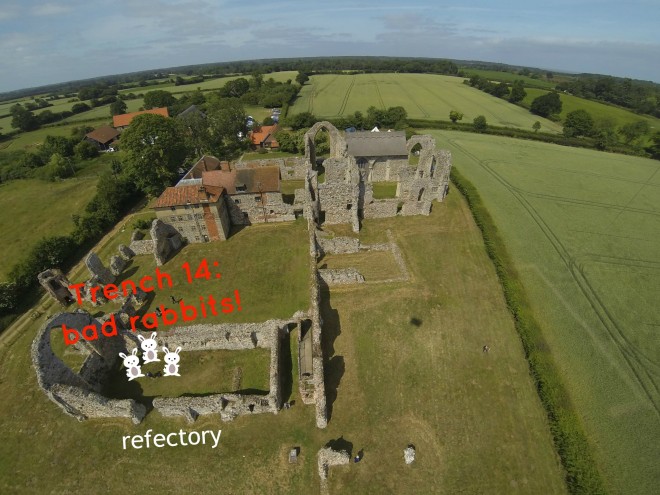
White rabbits have been spotted at Leiston Abbey. Now, they’re threatening the site!
Today, Leiston Abbey is under threat from… bunnies! Right in the heart of the abbey – in the ruins of the refectory no less – they’ve been burrowing holes, churning up the ground in a process archaeologists call ‘bioturbation’. So just how much damage they’ve done to the underlying archaeology and does it threaten the building’s foundations? That’s something we intend to assess – just don’t start calling us bunny boilers!
5. A secret tunnel…?
This is where there’s also a curious hole in the brickwork. Legend has it that it’s a secret tunnel leading from Leiston Abbey out into Dunwich. But we have a different theory.
Water management was an integral part of monastic life – controlling how it flowed around the site for industrial, agricultural or flood-defences not only modified the landscape, it was also channelled through the buildings for different purposes: washing, drinking and ritual ablutions. Opposite the curious hole in the wall, on the other side of the refectory, is a lavatorium – a semi-sacred place for washing with holy water. Was this secret tunnel actually something just as fascinating? Was it part of the holy water supply? Or did it link up with other channels to remove waste water from the buildings? As much as we’d love to go exploring secret tunnels, how water was seen and controlled in different areas of the site is a very interesting question!

